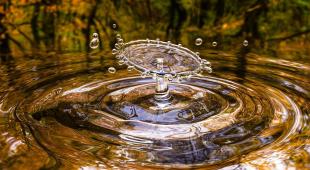In large parts of the coastal area of The Netherlands shallow brackish and saline groundwater occurs, sometimes alternating with fresh groundwater. Because salt water from the subsoil causes salinization of the surface water, the water board flushes the waterways with freshwater in order to have sufficient water of sufficient quality available for irrigation. Waterways, weirs and small pumping stations were built for this in the 1990s. However, this system is not optimally, and alternating measures might be effective in mitigating the effects of saline groundwater on open water.
This pilot project aims to identify both bottlenecks in the systems and solutions to these bottlenecks that are both effective and proven feasible for local landowners. The main goal of the project is to bridge the gap between theorized solutions and their practical applicability and effectiveness for sustainable and climate-resilient land use and water management.
| Waterboard Noorderzijlvest | Image  |

